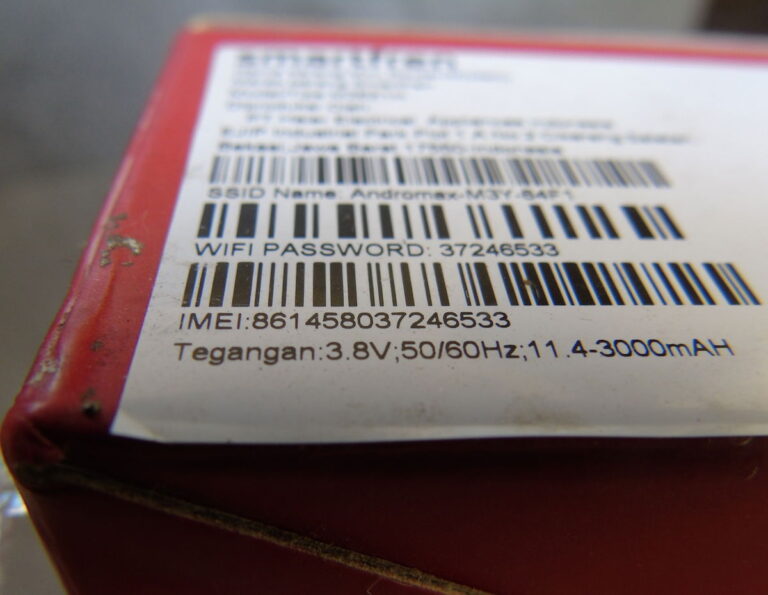
Cyber crooks are using ‘SEO poisoning’ to booby-trap your browser – and a simple question could be your downfall…Credit: DIA TV, Shutterstock.
What is SEO poisoning? Checkpoint and McAfee have already sounded the alarm across the UK, Spain, and the US.
SEO poisoning (that’s short for Search Engine Optimisation poisoning) is when cybercriminals deliberately manipulate search engine rankings to place fake websites higher in the results. These trap sites are often stuffed with words and phrases designed to lure you in.
Once there, you’re redirected to a scammy site, or worse, tricked into downloading malware masked as a “free tool” or “exclusive download.” Think of it as digital catfishing – only the goal isn’t love, it’s your login details.
It sounds like the start of a bad joke:“Are Bengal cats legal in Australia?” But type that into Google, and you might not get a punchline – you could get poisoned.
That’s the warning from cybersecurity investigators who’ve used it as an example after they uncovered a sinister new tactic known as SEO poisoning – a devilishly clever method hackers use to trick Google’s own algorithms into promoting malicious websites. And it’s turning innocent curiosity into a big problem for some.
The search that could sink you
The phrase “Are Bengal cats legal in Australia?” might seem harmless. But according to a joint investigation by cybersecurity firms SOPHOS and Check Point, this is just an example of the growing number of ‘poisoned searches’ waiting for unsuspecting victims.
As reported by the New York Post, hackers have manipulated search results so that seemingly trustworthy links appear at the top – when in reality, they’re booby-trapped with malware disguised as helpful articles or software.
Click one of these dodgy links, and you could be downloading a digital trojan horse. It might even come dressed in a convincing icon, complete with what looks like legit software inside. But underneath? Malware ready to raid your passwords, swipe your banking info, and turn your device into a hacker’s playground.
How to spot a poisoned link
According to experts, these are the red flags to look out for:
- Dodgy titles and typos – If the search result looks like it was written by a malfunctioning chatbot, steer clear.
- Mismatched URLs – If the website link doesn’t match the brand or looks oddly spelt (think ‘g00gle.com’), avoid it like the plague.
- Automatic redirects – If you click one link and land somewhere entirely different, that’s a major red flag.
- Nonsense content – Pages filled with keyword salad or random images? Classic bait.
- Browser warnings – If Chrome or Firefox flash a “Deceptive site ahead” alert, don’t get clever – back away fast.
How to activate Google SafeSearch
It’s easy to forget that Google isn’t just a helpful know-it-all – it’s also a digital jungle. Hidden in the undergrowth of your settings is SafeSearch, a low-key but powerful filter that blocks dodgy content before it lands in your lap. Think of it as your browser’s personal bouncer, quietly keeping the worst of the internet out of your search results. To turn it on, head to your Google account settings, find Search Settings, and flick the SafeSearch toggle. It won’t make you bulletproof, but it’ll stop a lot of the rubbish reaching your screen – especially useful if you’re googling on autopilot, going down rabbit holes, or sharing devices with little ones.
The invisible threat on the rise
Experts say SEO poisoning attacks are increasing at an alarming rate, largely because they’re so hard to detect and devastating when successful.
So next time you’re idly googling cat laws or celebrity gossip, remember: the wrong search could invite a hacker into your home – and your bank account. As for Bengal cats in Australia? Maybe just ask a vet.
Stay tech-savvy and safe.
Stay tuned for more news about life in Spain.
Get more fresh technology news.







